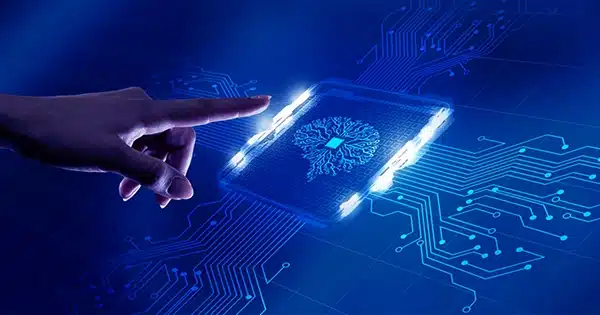Most people associate crystals with suncatchers that work as rainbow prisms or semi-transparent stones that some believe have therapeutic properties. Crystals, according to scientists and engineers, are a type of material in which their constituents—atoms, molecules, or nanoparticles—are arranged in space in a regular pattern. In other words, the regular arrangement of their elements defines crystals. Diamonds, table salt, and sugar cubes are common examples.
However, in recent research published in Soft Matter, a team led by Sangwoo Lee, associate professor in the Department of Chemical and Biological Engineering at Rensselaer Polytechnic Institute, showed that crystal formations are not always consistently ordered. The discovery enhances materials science and has unanticipated ramifications for semiconductors, solar panels, and electric car technology.
The close-packed structures of regular spheres created by stacking layers of spheres in a honeycomb layout are one of the most prevalent and important groups of crystal formations. There are numerous methods to stack the layers to create close-packed structures, and how nature chooses specific stacking is a key subject in materials and physics study. The random stacking of two-dimensional hexagonal layers (RHCP) is a very uncommon structure with unevenly spaced elements in the close-packing architecture. This structure was discovered in cobalt metal in 1942, however, it has since been classified as a transitional and energetically unfavorable state.
Lee’s study group collected X-ray scattering data from soft model polymer nanoparticles and discovered that the scattering data contains key RHCP results but is quite difficult. The scattering data were then analyzed using the Center for Computational Innovations’ supercomputer system, Artificial Intelligence Multiprocessing Optimized System (AiMOS), by Patrick Underhill, professor at Rensselaer’s Department of Chemical and Biological Engineering.
“What we discovered is that the RHCP structure is most likely a stable structure, which is why RHCP has been widely observed in many materials and naturally occurring crystal systems,” Lee said. “This discovery calls into question the traditional definition of crystals.”
The research sheds light on the phenomenon known as polytypism, which allows RHCP and other close-packed structures to emerge. Silicon carbide is a polytypic material that is frequently utilized for high-voltage electronics in electric vehicles as well as hard materials for body armor. The discoveries of Lee’s team suggest that certain polytypic materials may undergo continuous structural transformations, including non-classical random configurations with novel beneficial features.
“The problem of how soft particles pack appears straightforward, but even the most basic questions are difficult to answer,” said Kevin Dorfman, an unaffiliated researcher at the University of Minnesota-Twin Cities. “This paper provides compelling evidence for a continuous transition between face-centered cubic (FCC) and hexagonal close-packed (HCP) lattices, which implies a stable random hexagonal close-packed phase between them, and thus makes an important breakthrough in materials science.”
“This discovery demonstrates the power of advanced computation to make an important breakthrough in materials science by decoding the molecular level structures in soft materials,” said Shekhar Garde, dean of Rensselaer’s School of Engineering. “Lee and Underhill’s work at Rensselaer also promises to open up opportunities for many new technological applications for these new materials.”
Juhong Ahn of Rensselaer Polytechnic Institute, Liwen Chen of the University of Shanghai for Science and Technology, Guillaume Freychet, and Mikhail Zhernenkov of Brookhaven National Laboratory all contributed to the research.















